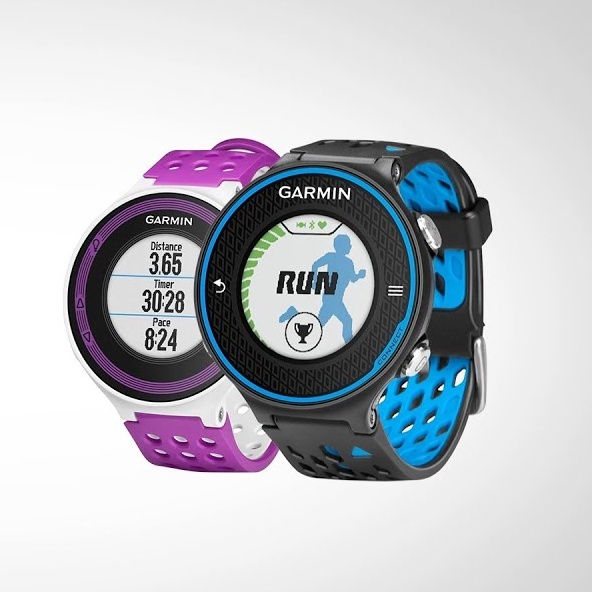In the world of music production, your drum kit is often the heartbeat of a track. With apps that simulate their sound, you have endless possibilities at your fingertips. However, achieving that studio-quality sound can sometimes feel like an uphill battle. Luckily, there are several pro tips to elevate your drum tracks from basic to breathtaking. One of the best ways to enhance your beats is by using free hip hop drum kits, which provide professionally crafted sounds without breaking the bank. These kits offer high-quality samples that can add punch, depth, and character to your productions. Whether you’re just starting out or a seasoned producer, understanding how to get the best sound quality from drum kit apps will ensure that your beats stand out in any mix. Let’s dive into some essential techniques that can make all the difference in crafting rich and dynamic rhythms!
Use High-Quality Samples
The quality of your samples is crucial when it comes to drum kit apps. High-quality samples can transform a mediocre beat into something truly engaging. Look for libraries that offer professionally recorded sounds with depth and clarity. Consider exploring various genres to find unique textures. For instance, vintage kits might provide a warm, nostalgic feel, while electronic samples could add an edgy vibe. Mixing different types of sounds keeps your beats fresh and exciting. Please don’t settle for stock sounds with the app unless they meet your standards. Invest in premium sample packs from trusted sources or record your own if you can access high-end gear. Remember, great drums often make a track memorable; choose wisely! Each kick, snare, and hi-hat should complement each other and the entire composition.
Layer Your Drums for Depth
Layering your drums can transform a flat sound into a rich, dynamic experience. Combining different drum sounds adds complexity and depth to your tracks. Start with a solid kick as the foundation. Pair it with another kick sound with unique characteristics—maybe one that’s more punchy or one with a deeper resonance. This combination creates an interesting low-end presence. Next, think about snare layers. Mix various snares for texture; include a bright snare for snap alongside a heavier one for weight. Experimentation is key here. Don’t forget the hi-hats and cymbals either. Layering these elements can introduce movement and groove to your rhythm section. A crisp hat paired with slightly swung percussion adds energy without overwhelming the mix. Remember, subtlety matters when layering drums. Too many sounds can muddy your track rather than enhance it, so balance layering for maximum impact.

Apply Compression and EQ Properly
Compression is a powerful tool in your mixing arsenal. It helps control the dynamics of your drum sounds, ensuring that every hit sits perfectly in the mix. Start with moderate settings—too much compression can squash the life out of your beats. Next, let’s talk EQ. Equalization allows you to carve out space for each drum element. Boosting low frequencies adds thump to kicks while cutting muddiness around 300Hz enhances clarity. Each drum has its sweet spot; find them with careful adjustments. Remember to use both tools in harmony. Compression can change the frequency spectrum’s behavior, so always revisit your EQ after applying it. This delicate balance will help maintain punch and presence across your tracks without losing their character. Experimentation is key here. Don’t be afraid to tweak settings until you achieve that polished sound you’re aiming for; each track may require a different approach depending on its unique vibe and style.
Utilize Swing and Humanization
Swing and humanization can elevate your drum tracks from robotic to dynamic. When programming beats, consider adding a bit of swing. This slight delay or push in timing can create a groove that feels more alive. Humanization goes hand-in-hand with this concept. It’s about mimicking the imperfections of live drumming. Instead of quantizing every note perfectly, introduce subtle variations in velocity and timing. A snare hit doesn’t always need to be at full volume; softening some hits gives your rhythm character. You might also experiment with varying the placement of individual hits slightly off the grid. This adds an organic feel that connects listeners on a deeper level. Try layering these techniques together for even richer results. The interplay between precision and imperfection engages listeners and keeps them tapping their feet without them realizing it!
Optimize Your Mix and Mastering
Getting the mix right is crucial for achieving that polished sound. Start by balancing levels. Each drum element should have its own space in the mix. Use panning to create a stereo image. Position snare and kick front and center while placing slightly left or right hi-hats. This separation helps listeners identify each hit. Remember reverb and delay effects; they can add depth without overwhelming your main sounds. Just a touch of reverb on snares can mimic an acoustic environment, making it feel more natural. When mastering, aim for loudness without sacrificing dynamics. Use limiting carefully to prevent distortion while keeping your track punchy. Always listen on various speakers or headphones. What sounds great on one setup may not translate well elsewhere, so ensure your mix holds up across different listening environments.
Conclusion
A thoughtful approach is required to achieve the best sound quality from drum kit apps. By using high-quality samples, you can lay a solid foundation for your tracks. Layering drums adds texture and depth, making beats more engaging. Applying compression and EQ is essential to ensure clarity and punch in your mixes. Don’t overlook the importance of swing and humanization; these elements breathe life into programmed beats. Optimizing your mix and mastering will bring everything together seamlessly.



